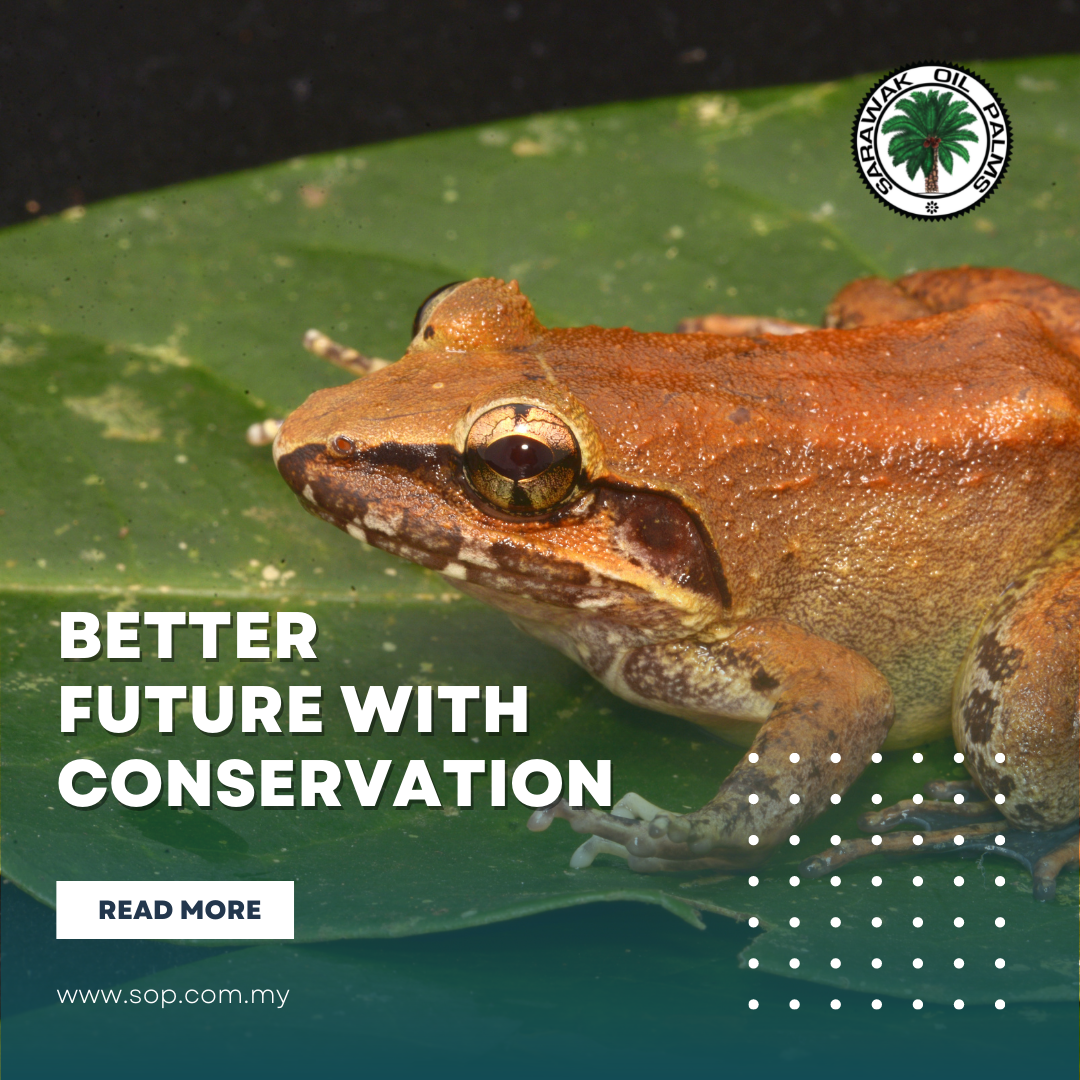
Author: Glenn Eric
Facts: Forests cover approximately 31% of the global land area and provide habitat for the vast majority of the terrestrial plant and animal species.
Forest is one of nature’s most powerful systems to capture carbon dioxide, purify water and create diverse plant and animal habitats. Forests play a vital role in preventing global warming and building sustainable societies.
But forests around the world are under threat. The threats manifest themselves in the form of deforestation from agriculture and development while forest degradation caused by illegal logging. However, there are places where forests are thriving because of faithful stewardship. Companies can be a powerful force for preventing deforestation and keeping forests healthy.
Here are a few steps that you should consider to establish forest conservation.
1. Research and Development Initiative (R&D)
To serve as a company’s innovation engine, R&D initiatives that are equipped with the latest technology could help companies to develop the best strategy for forest conservation. With the science-based approach and results from various collaborations, the company is able to collect data, information and identify the flora and fauna species at the proposed conservation area. Collaboration with environmental advocates, government agencies, educational institutions, NGOs and other businesses will keep forests thriving.
At Sarawak Oil Palms Berhad (SOP), collaborative R&D programs focus primarily on environmental sustainable management. SOP has set up conservation areas to conserve jungle reserves and promote biodiversity. This has resulted in collaborations with renowned universities and research bodies to develop conservation and biodiversity strategies.
Find out more about SOP Collaborations for conservation efforts.
2. Setup a Conservation Area
Through reliable analytical R&D findings, a company is able to deliver site-specific operational solutions on nutrient management, pests & diseases control, effective water management, soil management, etc.
The next step is to start to develop the forest conservation area with solid planning and proper execution. To strengthen the efforts, it is imperative to allow the participation of local communities and it must be in accordance with the government policies and regulations.
Since 2015, SOP have embarked a forest conservation project with the establishment of two conservation sites:
I. Tinbarap Conservation Area (TCA) in Beluru (210ha)
II. Sabaju Conservation Forest (SABF) in Sebauh (343ha)
Find out more about Forest Conservation by SOP.
3. Replant Native Species
Restoring native plant habitat is vital to preserving biodiversity. Native plants are those that occur naturally in the area in which they evolved. These native plants generally require little maintenance as they are adapted to local environment conditions.
A good approach was taken by SOP together with Sarawak Forestry Corporation (SFC) has initiated forest rehabilitation and replanting programmes which include the planting of 5,000 native trees at its conservation area.
Find out more about Forest Rehabilitation on replanting native species
4. Reintroducing Fauna Species
Assessing the suitability of a habitat prior to the release of animals is vital. Proper assessment of the flora will allow reintroduction programmes to determine whether the area will be capable of supporting the released animals in the long-term.
For instance, SOP collaborated with MPOB and UNIMAS conducted surveys and identified the species richness of bird, mammal and fish at its Tinbarap Conservation Area. Few methods, such as mist nets, observation, camera trapping and interview surveys have been used for the survey. Moreover, enhancing habitat diversity by increasing plant quality and the quantity of wildlife foods is also important.
Find out more about Diversity and Conservation of Fauna Species at SOP.
The above recommendations could be considered for the effective implementation of forest conservation initiatives. Concrete actions are needed for the sake of future generations.
As for SOP, the Group is confident that its existing conservation area will become a catalyst for future conservation establishment SOP and hope that the other palm oil producers in Malaysia would also follow- suit in protecting the environment for the benefits of the future generation.
For more information on sustainability and conservation efforts by SOP, please visit https://www.sop.com.my/sustainability/
